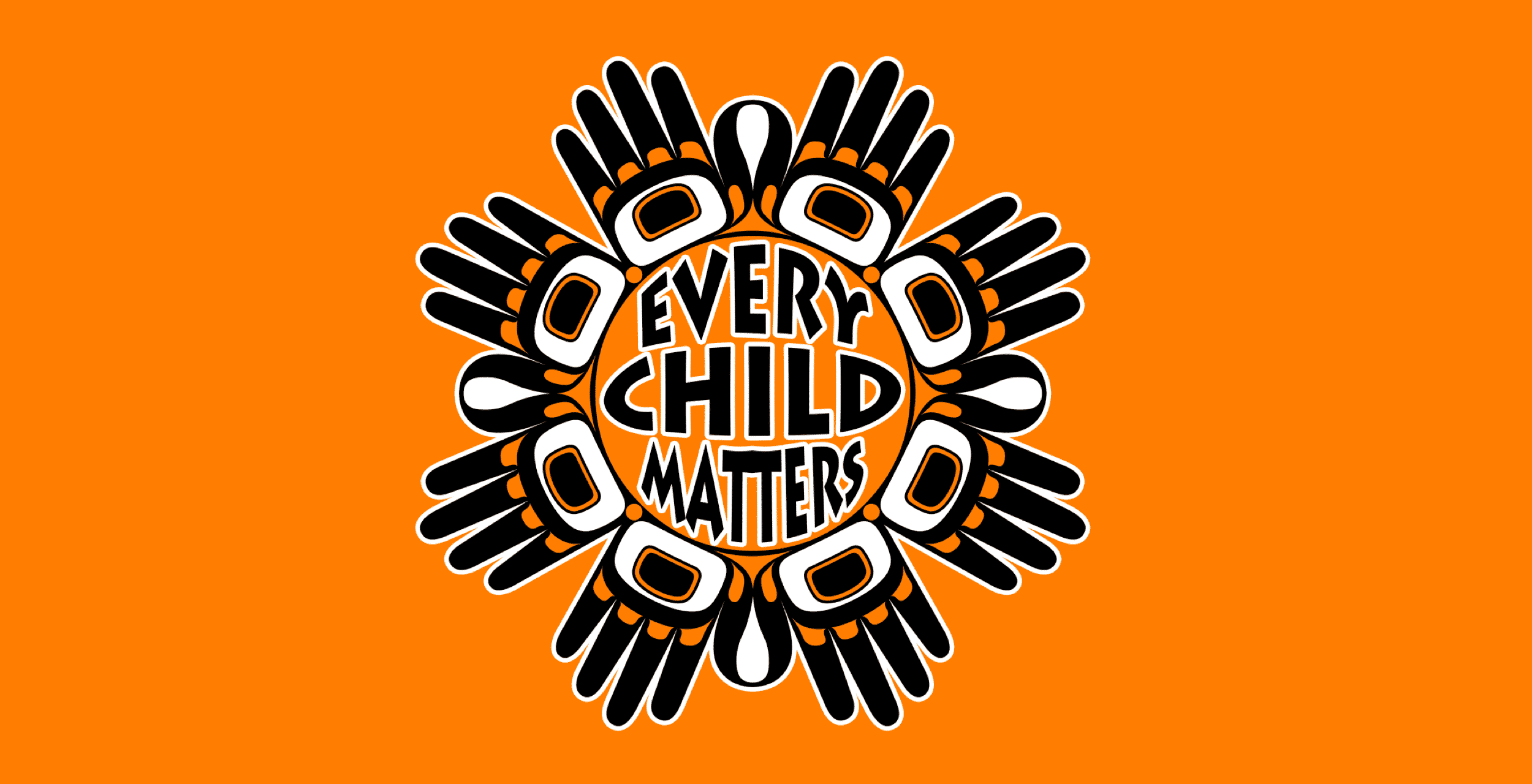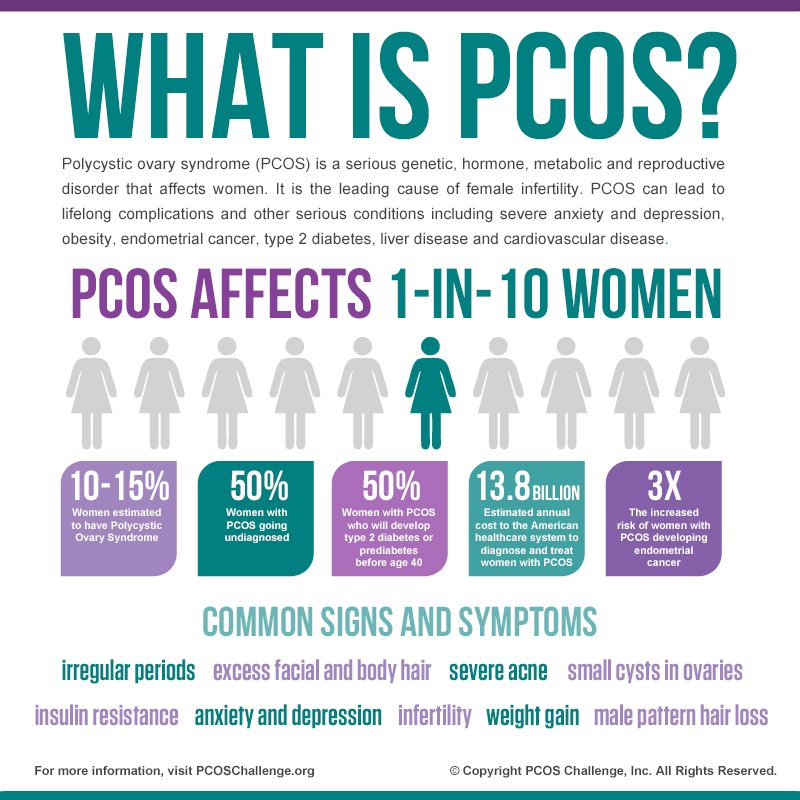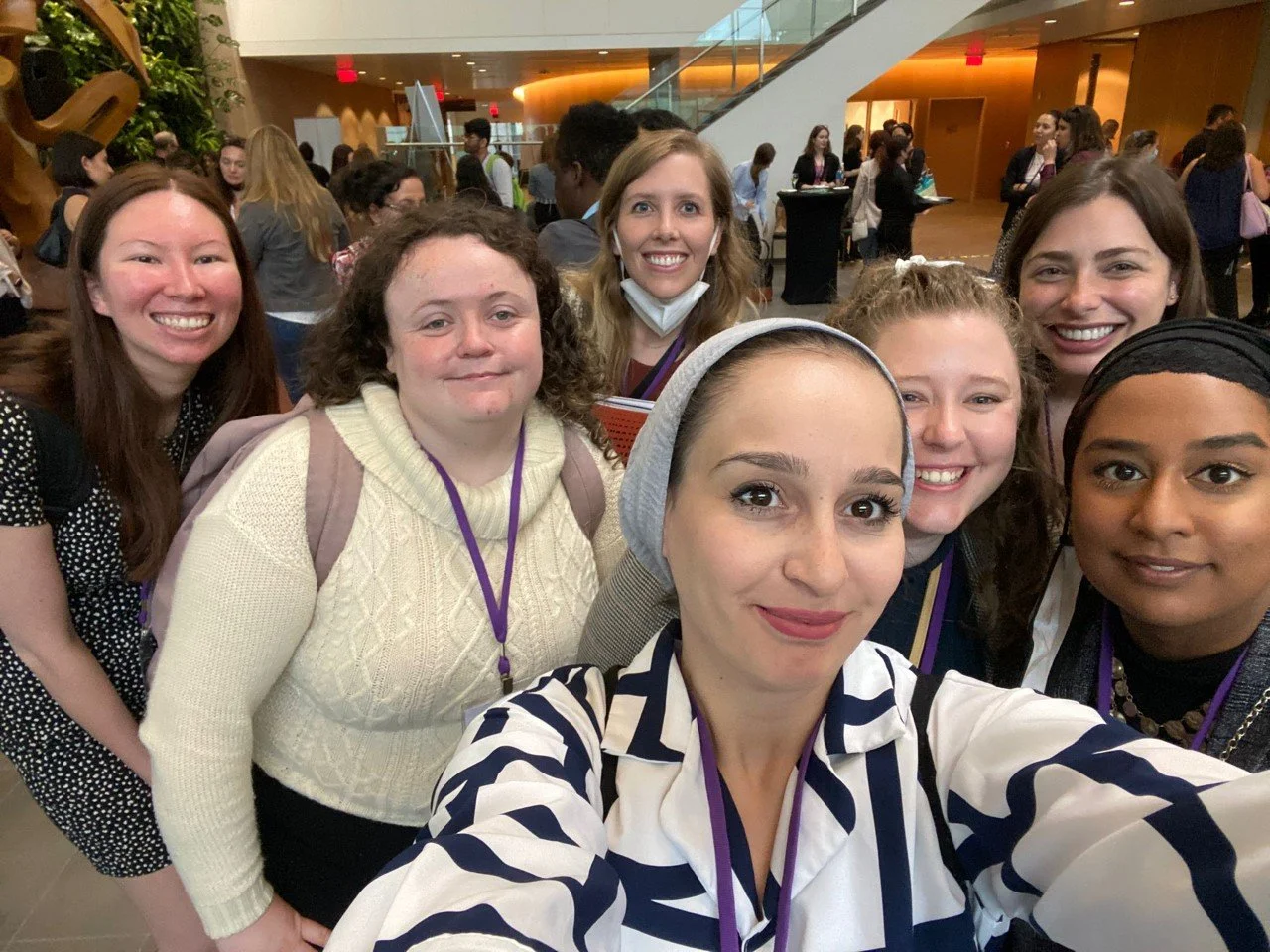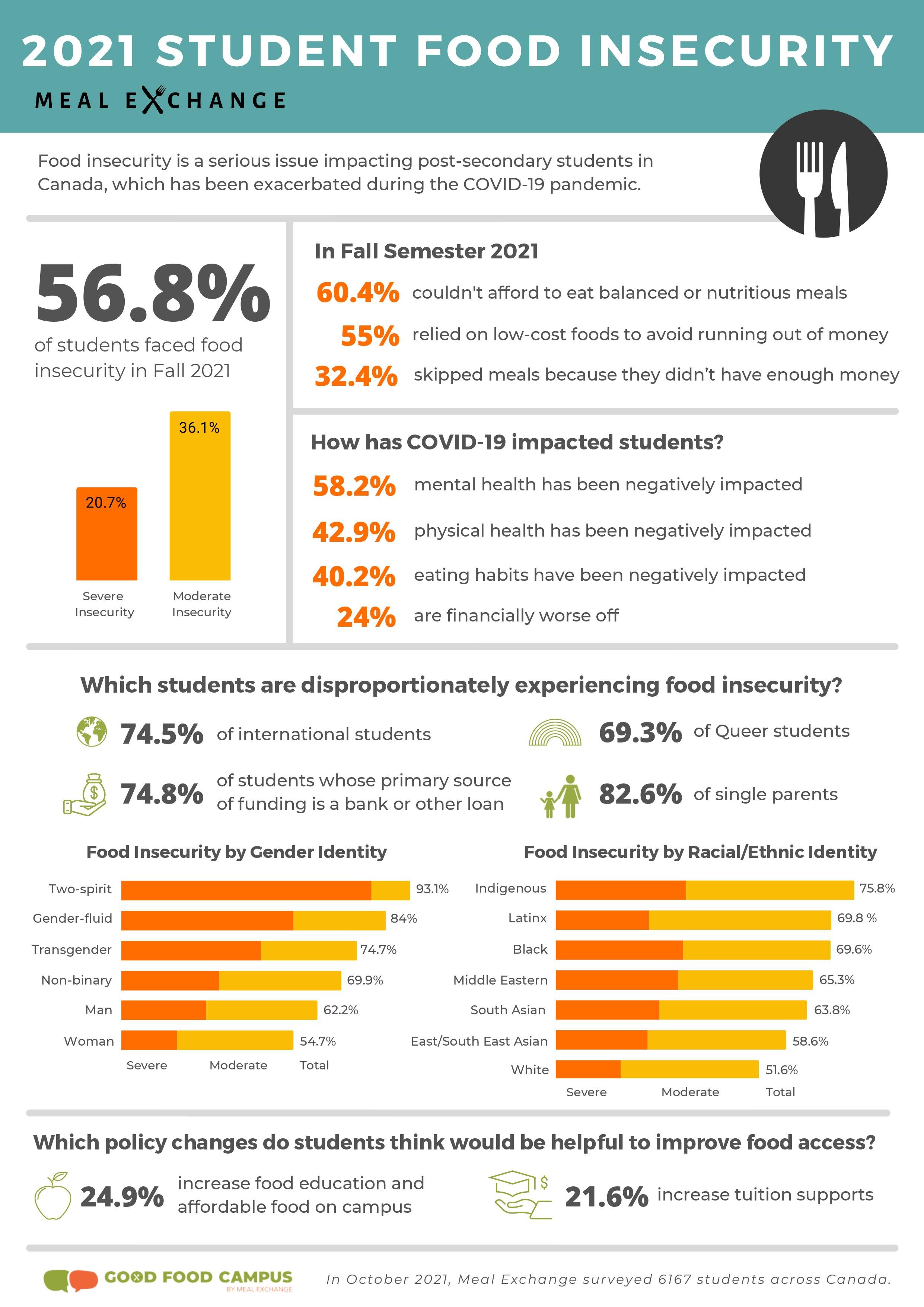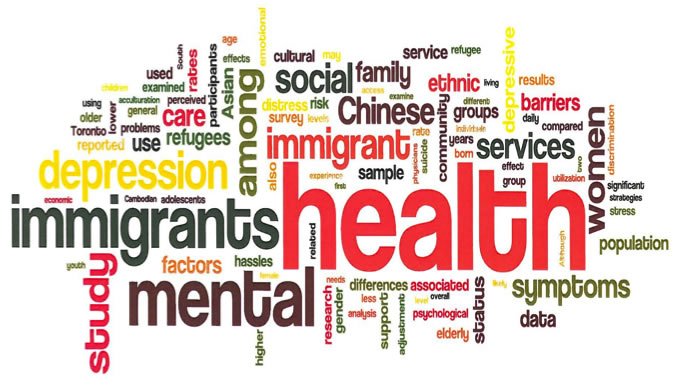By Serenity Friskie
On September 30th, Foundry recognizes Orange Shirt Day. This day is dedicated as a time to reflect and bring forth meaningful dialogue about this devastating part of Canada’s history. Today, we share the story of survivors and are reminded of the colonial past that continues to have repercussions today. We also remind non-Indigenous people to commit to reconciliation and ongoing humility towards an active change.
The Indian residential school system has affected First Nations, Metis, and Inuit Peoples for generations and the need for education, understanding, and action remains at the forefront of purposeful reconciliation.
Orange Shirt Day first began in Williams Lake, BC to witness and honour the healing journey of residential school survivors, and is now recognized by schools, children and educators across Canada.
The orange shirt represents the story of a student named Phyllis Webstad, who was given a new orange shirt by her grandmother for the first day of school at St. Joseph’s Mission residential school in British Columbia. Sadly, Phyllis did not get to wear her orange shirt proudly as it was taken away, along with her other personal items. This was a common scene at residential schools.
September 30th was chosen because of its significance for school-aged children: a time to go back to school. Sadly, for many Indigenous peoples, back to school meant being taken from their home, family, and community to attend Indian residential schools across the country. This brought forward many generations of pain and continues today as communities gripe with intergenerational trauma.
September 30th is also significant, as it brings the opportunity for new learning, programs and policy in anti-racism work. Orange Shirt Day is a time when First Nations, Metis, and Inuit Peoples, governments, institutions, and wider communities walk together to bring awareness for the need for reconciliation. This day signifies a moment in history that deeply impacts Indigenous Peoples, but also bears witness to our incredible resiliency.
To do the ongoing self-reflection work needed for true collective healing, we must also understand the history, and therefore, that is where we shall start.
Between 1831 and 1996, residential schools were enforced in Canada. These schools were operated by Canada's department of Indian affairs and Christian churches, with the last school closing in Saskatchewan only 26 years ago, in 1996. A devastating goal was identified for these schools: remove children from the control of their own culture, traditions and values, and assimilate them into the broader Canadian society, by any means necessary. Children between the ages of four to sixteen attended these schools, and it is estimated that over 150,000 First Nations, Inuit, and Métis children attended Indian residential schools, about 10 percent of the present-day Indigenous population.
Residential schools targeted First Nations, Metis, and Inuit cultures across Canada. By forcibly removing children from their families, the Canadian government separated and dismantled whole communities for generations. Strong ties were broken through which Indigenous culture is taught and sustained, leading to an extensive loss of traditional languages and practices. Students did not have the experience of a loving and nurturing family life. The separation of children from caregivers meant the passing of traditional knowledge could not occur, thus many students did not acquire familial skills to raise their own families. Returning students often felt ostracized and disconnected from their culture, and would remain so for years after.
Children were not allowed to speak their traditional languages, wear traditional clothing or regalia, or practice traditional ceremonies. If these strict rules were broken, students were punished with deep severity. Survivors of residential schools have spoken of horrendous abuse at the hands of teachers, religious officials and staff. Children experienced physical, sexual, emotional, and psychological abuse that would go on to affect them and their families for generations to come. The education taught at residential schools was severely inferior to the education given to white settler students. Often, students were only educated up to grade five, with most of the training focused on labour-intensive work, such as farm work, woodworking or taking care of a home. This was unlike the reading, writing and arithmetic taught to settler students. Children were separated based on colonial classification of gender, with brothers and sisters unable to see or touch each other.
The devastating effects of Indian residential schools are far-reaching and continue to have a significant impact on Indigenous communities.
The eradication of Indigenous culture, from clothing and celebratory practices, to languages and traditional ways of living, was the ultimate goal of Canada's Church and State. Governments and leaders wanted to stop the transmission of knowledge from parent to child and this is why the residential school system is considered a form of cultural genocide. The following quote, pulled from the National Archives of Canada, illustrates the sentiment behind Indian Residential Schools in the 1920s:
“I want to get rid of the Indian problem. I do not think as a matter of fact, that the country ought to continuously protect a class of people who are able to stand alone... Our objective is to continue until there is not a single Indian in Canada that has not been absorbed into the body politic and there is no Indian question, and no Indian Department.”
Duncan Campbell Scott, Department of Indian Affairs, 1920, National Archives of Canada, Record Group 10, vol. 6810, file 470-2-3, vol. 7, 55 (L-3) and 63 (N-3).
There are currently 80,000 residential school survivors alive in Canada today. This number does not reflect the generational survivors of residential school, many of whom are children or teens needing support, love and care.
Now, we know and are aware of the history of residential schools; we can name the abuse, power hierarchies, institutions responsible, and ongoing legacy. But what can those who call themselves allies and other settlers do to bring forth change? Because Indigenous communities need you. We need your voice, your power, and your resources, and we can’t do it alone. It is why we invite with open arms everyone to attend events on Sept 30th and share our knowledge to better our communities. We bring forth reciprocal efforts. Will you do the same?
Although it feels like many moons ago, it was only in May 2021 that members of the Tk'emlúps te Secwépemc Nation recovered the bodies of 215 children in unmarked graves behind a residential 'school' in Kamloops, B.C. It was only then that it seemed non-Indigenous people could feel even the smallest sense of grief. anger and pain suffered by Indigenous families. And there was hope, from Indigenous Peoples, that we were being seen, believed, and perhaps there would be some sort of change out of this peril and devastating tragedy dug up from the dirt of where our siblings, cousins, and children lay.
The time for genuine action and commitment has not come yet, but many Indigenous Peoples still have hope. We hope for action and an understanding that true commitment means sacrifice. During the early days of the recovering’s questions swirled in the minds of settlers on what to do. How do we do better? How do we heal together? What should I be giving?
To do better, for Indigenous communities and others, is to be an active ally:
Use your voice online, at work, and in the home to challenge racist stereotypes, views and outdated information.
Share and promote First Nations, Metis, and Inuit voices on social media, at your events, as guests and pay them for their labour.
Bring Indigenous policy issues to the forefront and ask more of your elected officials. Learn about their platforms, and seek knowledge from Indigenous communities about who they are supporting.
Talk about issues that are affecting Indigenous communities and find ways you can support the cause, by donating your money and/or time.
Ask more of your teachers, workplaces and leaders. Be curious as to why Indigenous lesson plans, teachings and knowledge are only a footnote, if not a single chapter in a course or workplace training.
Support Indigenous-owned businesses, causes, initiatives and Indigenous Peoples through monetary means. Think about these places of business when buying gifts, celebrations, going out to eat and more.
Advocate for Indigenous causes at work by asking more from your employer. Do they have Indigenous programs, employees, and courses, and what is the organization or company doing to support the TRC Calls to Action?
We should all know by now that simply wearing Orange doesn’t make you an ally, nor does buying from an Indigenous business, or eating bannock once a year. We don’t care about performative-based behaviour (but still buy from an Indigenous business!), we care about issues that have affected our families. Like systemic racism, under-funded healthcare, the climate crisis, the housing crisis, and the lack of Indigenous representation.
On this day of September 30th, we call upon humanity to listen with open ears to the stories of survivors and their families and to remember those who lost their lives. Speak to a friend, family member, or maybe a neighbour, and share information about Orange Shirt Day with them. Let us all spark a conversation and honour First Nations, Metis, and Inuit culture. Indigenous youth are resilient, and they are our future for hope and reconciliation.
Find out more information at the Legacy of Hope Foundation: http://legacyofhope.ca/en_ca/wherearethechildren/
Please contact the 24-Hour Residential School Crisis Line at 1-866-925-4419 if you require emotional support.
Find resources at the National Centre for Truth and Reconciliation here: https://nctr.ca/
Serenity Friskie is an Equity and Engagement Specialist with Foundry BC and a General Member of the YCRH.






